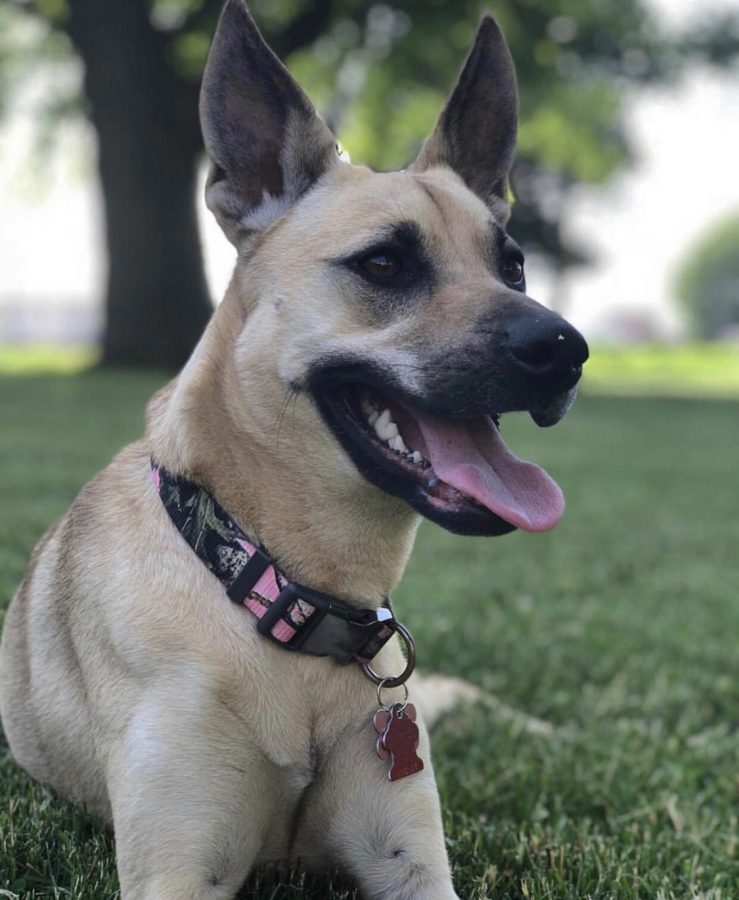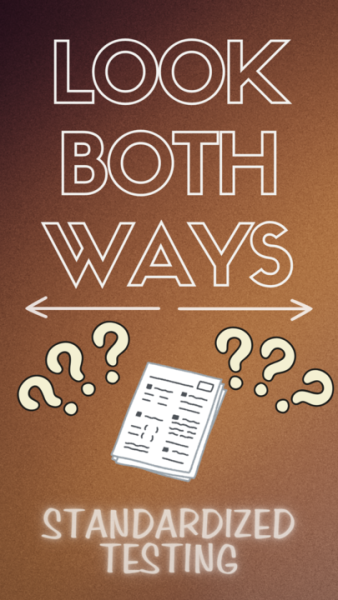Animal shelters are the best place to adopt a pet
Contributor Summer Fitzgerald’s dog Sandy lays in the grass.
June 11, 2020
When my family and I adopted our first dog from a shelter four years ago, it came as a surprise. We were not sure if we could handle having a “shelter dog,” as we heard people say it was always a hit or miss on how well they adapt and grow. However, my first dog, Sandy, came into our home and gave us a new perspective. I never realized how amazing and life-changing it could be to adopt a dog until.
Sandy was only 6 months old when we adopted her, and I was just a sophomore in high school. She has been with me through of the ups and downs, celebrations, proms, rainy days and even going off to NIU.
Even though she may not be able to talk, she is still the No. 1 being in my life.
Stories like this often give the phrase “adopt, don’t shop” its meaning.
About 3.3 million animals in U.S. shelters go unadopted each year, according to the American Society for the Prevention of Cruelty to Animals. This results in these animals becoming homeless, troubled, euthanized or even living their entire lives without experiencing any sort of family to love.
There are approximately 10,000 puppy mills across the U.S. that hold over 2 million dogs, according to the Puppy Mill Project. Sadly, around 1.2 million dogs are euthanized in shelters.
This number is large because of the lack of popularity around adopting from shelters, according to the Puppy Mill Project. Some people might be uncomfortable going into an animal shelter to see all the chaos within the cages, but those conditions are a luxury compared to the alternative.
Puppy mills are inhumane, high-volume breeding facilities that churn out puppies for profit, according to the Humane Society.
Puppy mills are known for mistreating their mass number of “perfect” dogs.
Animals can be faced with terrible conditions, such as excessive breeding, no grooming or playtime, and constant transportation within tiny cages – just for the owner to make an excessive profit from them. Sure, it may be nice to have the ideal Instagram dog that is photogenic and unique, but it is not worth it to contribute to such an abusive industry, especially when adopting is significantly cheaper.
Senior psychology major Kat Evans said she has fostered and adopted kittens throughout her life, but eventually learned the true meaning of adoption as she got older.
“I was just happy to finally have kittens for my 11th birthday,” Evans said. “My mom said that adopting them was cheap, easily accessible and good for the world. To me, ‘adopt, don’t shop’ means treating animals as human beings rather than a material object that I can pick through.”
Tails Humane Society, 2250 Barber Greene Road, one of DeKalb’s most heartwarming places of pride, serves as a safe haven for over 3,000 animals each year, according to its website. They provide a range of services from initial adoption to training classes, as listed on their website.
Tails prioritizes the well-being of the different kinds of the animals, Executive Director Michelle Groeper said.
“Tails, as well as all Illinois shelters, prioritizes spaying, neutering and microchipping to ensure everyone’s safety,” Groeper said. “You will never see this kind of care for animals while shopping at breeders or puppy mills. [There] they are overlooked, mistreated, and never cared for.”
Groeper also said that shelters have the ability to truly get to know the personalities of the animals.
“We spend so much time with them, which not only helps us know how to care for them but helps us match them with the right families,” Groeper said.
If you are want to commit to a new furry friend, I highly recommend checking out your local shelter, especially Tails.
Shelters are the best resource when it comes to adopting a new pet, and they have unique services you cannot get anywhere else.














